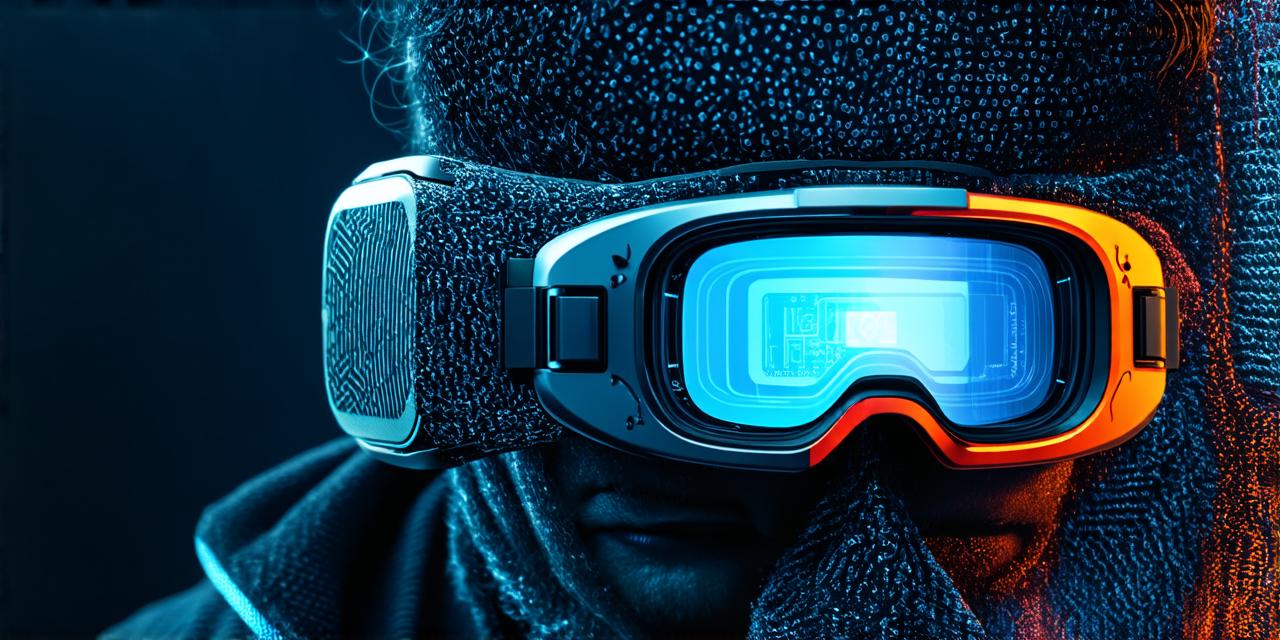Virtual reality (VR) is a technology that simulates a three-dimensional environment and allows users to interact with it in real-time. While VR has been around for several decades, it has only recently gained widespread attention due to advancements in hardware and software.
One of the key aspects of VR is its ability to create realistic and immersive experiences. This is achieved through a combination of computer algorithms, sensors, and other technologies that work together to track a user’s movements and adjust the environment accordingly.
However, some people have argued that VR is actually a form of artificial intelligence. The idea behind this argument is that VR systems are able to learn from their experiences and adapt to new situations in a way that is similar to how AI systems work.
There are several reasons why this argument is not entirely valid. Firstly, VR systems do not have the ability to reason or make decisions like AI systems do. They simply follow pre-programmed instructions based on the data they receive from sensors and other inputs.
Secondly, VR systems are not capable of learning from their experiences in the same way that AI systems can. While they may be able to adjust their responses based on feedback, they do not have the ability to learn from past experiences or generalize from new data.
Finally, VR systems are not truly “intelligent” in the sense that they are not capable of understanding or responding to human language or other forms of communication. They simply react to specific inputs and outputs, without any understanding of the underlying meaning or context.
In conclusion, while VR technology is undoubtedly impressive and has the potential to revolutionize many industries, it is not a form of artificial intelligence. It is more accurately described as a sophisticated simulation system that uses computer algorithms and other technologies to create immersive experiences for users.



